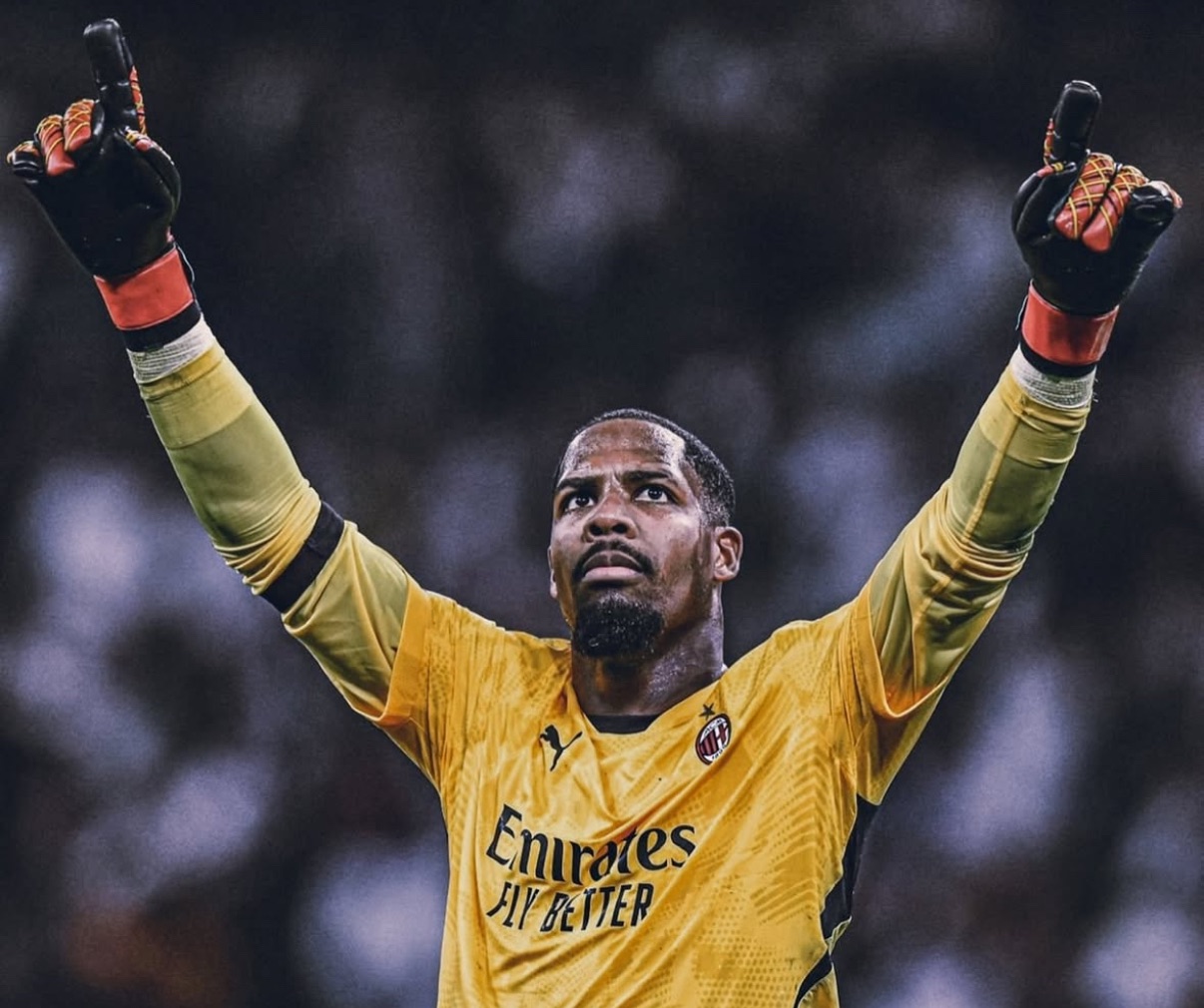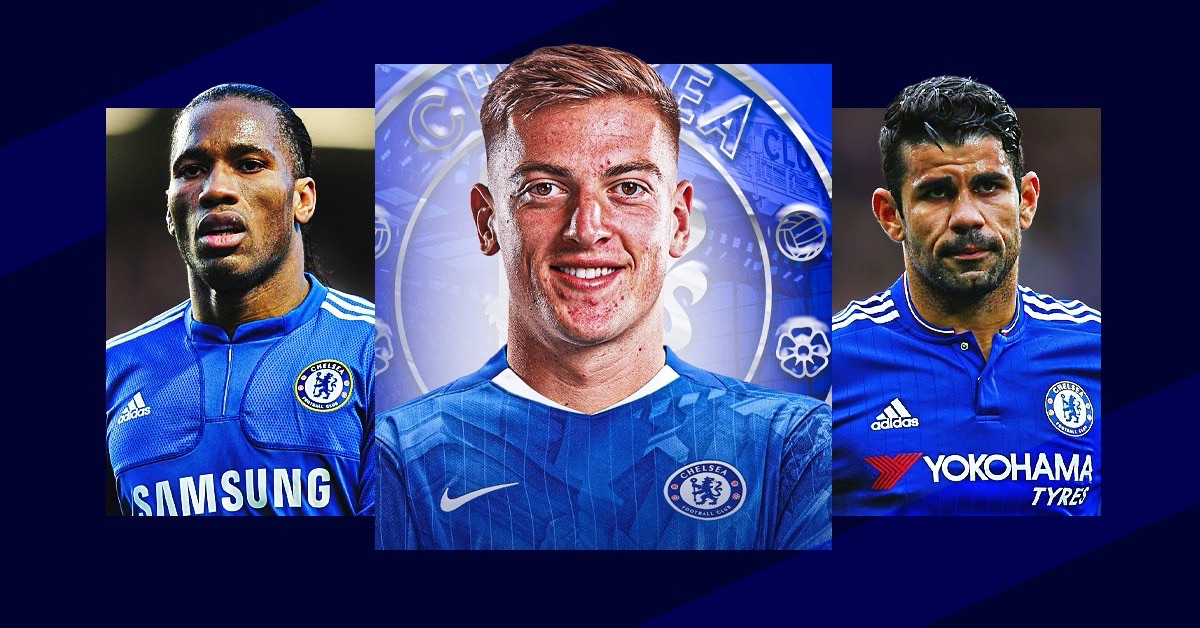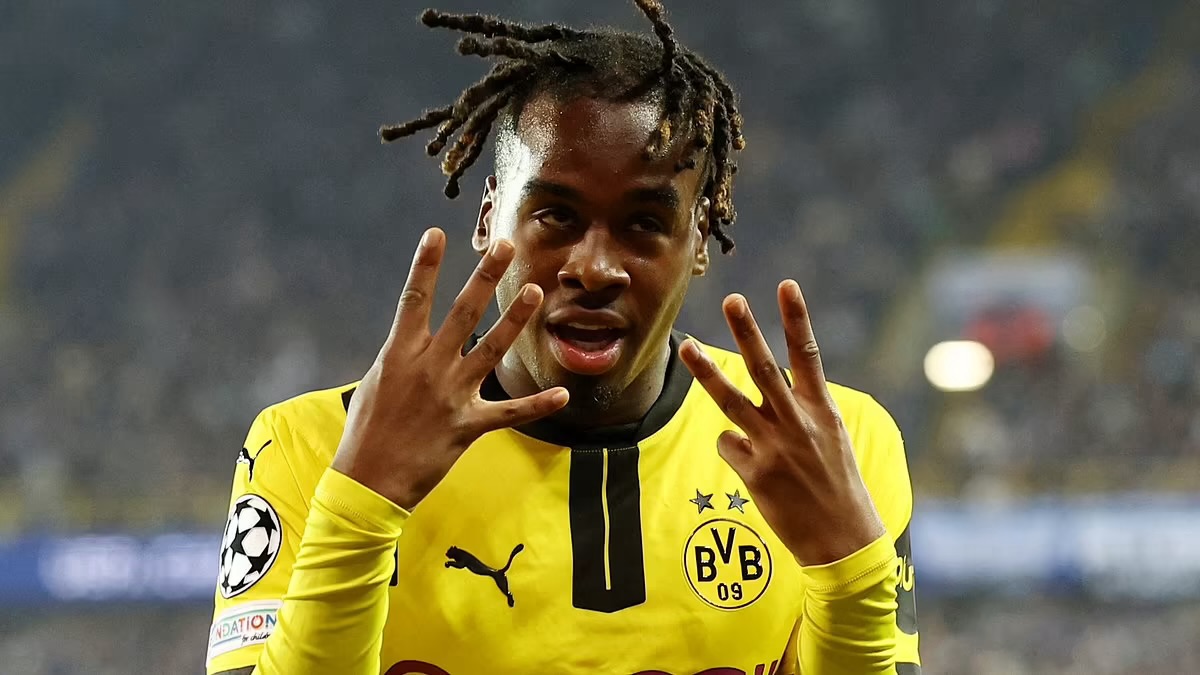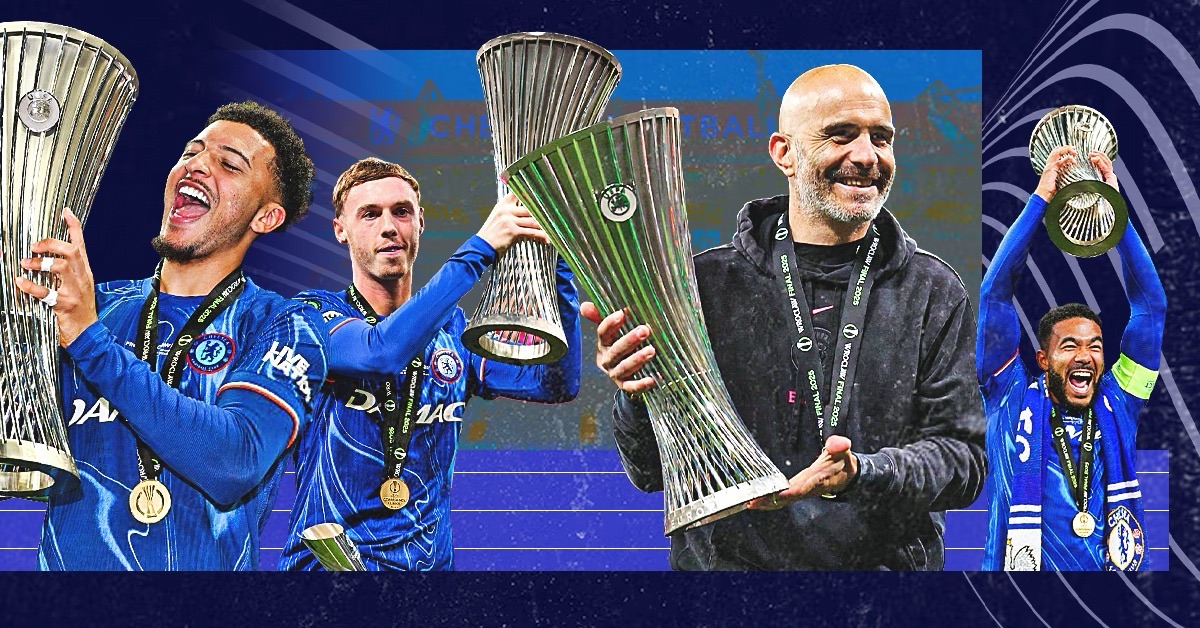Roberto De Zerbi is a 44 year old Italian coach, most known for his work at Sassuolo and Brighton.
He also managed Shakhtar Donetsk for one season between his time at Sassuolo and joining Brighton, as well as working his way up the Italian football pyramid starting with Darfo Boario, as well as stints with Foggia, Palermo and Benevento prior to landing the Sassuolo job.
De Zerbi has mentioned two main figures he has based his footballing philosophy around, one being Marcelo Bielsa, and the other being Manchester City’s Pep Guardiola (who has also heavily praised De Zerbi’s style).
But what is De Zerbi’s philosophy and how does his Brighton team set up?
Tactical set-up & Philosophy:
The Italian is extremely hands on, stresses the finer details of every decision, and looks to instil a confidence and belief in his players that they can achieve anything.
The training sessions include intense patterns of play, assessment of the finest of details and a desire to “try even if they fail” in order to learn and grow confidence.
De Zerbi’s Brighton set up in a 4-2-3-1 on paper, but this often looks more like a 4-2-4 in possession.
Control, bait the press and raise the tempo. Three key principles of De Zerbi’s football, all as important as each other for their collective success.
“Finding the spare man” is a key phrase used when speaking about the Italians philosophy, with a relationship between overloads and space.
In short, De Zerbi wants to force the opposition to make decisions, either leaving his side with overloaded areas (more players than the opposition team), or creating space caused by defensive rotations to stop an overload (often in behind).
In build up, Brighton want to have six players involved in deep phases, looking to lure the opposition team forwards.
This often uses methods such as a high volume of short central passes, baiting the opposition to try and cut one out, or their “studs on the ball” method, luring the opposition press to step up.
By putting their studs on the ball, the players are slowing the tempo down to entice the opposition to step up and press them, but they also still have 360 degree access to their angles on the ball.
They can roll the ball in any direction to play away from the pressing player/s, and then look to change the tempo by going between the lines.
This is possible due to the positioning of the number 10 and striker, both dropping into zones to receive the ball.
This gives the opposition centre-backs a decision to make, they either follow them (leaving space in behind for the Brighton wingers to run into and play more direct), or they don’t follow, allowing the Brighton to effectively break the lines, turn and attack.
De Zerbi then wants his team to completely change the tempo, going from a slow tempo (even stood still at times with their studs on the ball) to a very high tempo, attacking the spaces left behind (often making their attacks look like transitions/counter attacks)
De Zerbi works on every single detail in training sessions, the likes of Adam Lallana and Kevin-Prince Boateng have mentioned this. Small details such as body position, timings (when to play) and rotations are intricacies that mean everything to the Italian.
An important factor for De Zerbi and one of his “finer details” is the positioning of his two pivot players, and their use of 3rd man combinations to beat the press and change the tempo going forwards.
The image above shows the six players deep in the first phase of buildup.
It is important to notice the staggered heights of his double pivot (and no I don’t mean 5ft 7 Billy Gilmour compared to 5ft 11 Pascal Gross).
What I mean by this is the positioning of the pivot never staying parallel.
This is important as a key factor in De Zerbi’s build up is his usage of bounce passes (3rd man combinations).
His pivot players have to be extremely in sync, basing their movements off of one another, to not only be the 2nd receiver, but often the 3rd.
Here is an example of this, staggered heights between the pivot players, preparing for the 2nd and 3rd receptions to break the lines.
Here is another example of De Zerbi using 3rd man combinations to create space with central passes.
By playing the first ball between the lines into a more “pressured” area, this draws Rice towards the ball to try and win it back (a pressing trigger), however Brighton are able to use the 3rd man combination to find the spare man in more space, as Rice has now been dragged away.
Isolating Wingers & Beating low blocks (weakness?):
In the image above, Brighton broke and got Mitoma into a position to run 1v1 at the defender.
Whether it be against low blocks, or being the main outlets after playing through the press, De Zerbi has a high emphasis on finding his wide men in 1v1 isolations, and giving them the chance to attack.
This is why De Zerbi likes to have 1v1 specialist wingers, capable of going both ways, delivering the ball into the box in a variety of ways and cutting inside to shoot (score goals).
It is important to note these wingers also have the role of running in behind, stretching the pitch and creating space for others to move into when breaking through the lines.
By staying high and wide, defenders are leaving bigger distances between players and therefore opening spaces.
This is also relevant when the striker and number 10 drop in to receive the ball, leaving space in behind the defensive line if the central defenders step up with them.
It is then the wingers job to make the run into the space behind the defensive line, as that is the trigger for Brighton to go more direct into the space.
Against low blocks, Brighton are more likely to have sustained possession further up the pitch, which leads them into a 2-3-5 shape.
This will give Brighton plenty of opportunities to work the ball around the top of the box, putting dangerous balls into the box to be attacked by the multitude of Brighton forwards in this structure.
By sustaining pressure, and attacking wave after wave, Brighton will continue to put balls into the box, try to shift their opposition from side to side, and also find their wingers in 1v1 wide isolations when possible to attack.
However, as most teams do, Brighton can often struggle to break down lower blocks (they are supposed to be this way).
All teams struggle to beat low blocks, and often sustaining pressure and continuing to put your players in positions to create chances is enough to finally break through (at least at the elite clubs).
Individual player quality is key to breaking down lower blocks, quality of pass, forwards attacking the ball, having box threat, and all of this comes down to player quality to get that goal.
Once you get the goal, the gamestate allows for Brighton to return to their patient style of play, luring the opposition press and creating their attacks in this way.
However, when the game is 0-0 or you are behind, teams can often drop into these lower block structures, and you will need to sustain pressure, continue to play through your final third patterns and look for that goal to change the game.
The Key thing to take from that is the game state is crucial. Scoring the first goal can change everything and allow them to play in a more controlled manner, however games that stay 0-0 for longer periods of time often need a moment of quality from a certain individual to change it.
A department Brighton has less “fire power” in, compared to the elite sides (such as City).
Pressing & Defensive structure (Rest Defence weakness?):
I will start with a brief overview of De Zerbi’s defensive structure and pressing, before highlighting the weaknesses of it.
De Zerbi, as previously mentioned, considers himself a student of both Pep Guardiola (evident in possession) but also Marcelo Bielsa’s philosophies.
Brighton tend to press man for man, looking to unsettle the opposition in their own half, either turning the ball over and creating chances from it, or forcing teams to go long and therefore giving De Zerbi’s side the chance to win duels to regain possession themselves.
Here is an example of Brighton pressing man for man against Arsenal in their half, forcing Raya to play the ball long.
De Zerbi wants his team to play with the ball, therefore by employing an aggressive man to man press, they increase their chances to win the ball back quicker, and be back in control of the ball (what he wants).
If pinned back, Brighton will drop into a 4-4-2 defensive shape, with the striker and number 10 leading the press from a mid block.
Another key thing to mention is the “rest defence” of Brighton, which essentially means when Brighton are in possession, how they are structured to defend the ball if they turn it over.
Often once Brighton have more established possession in the opposition third, you will see the fullbacks tuck inside alongside the more defensive pivot player, forming this 2-3 rest defence structure.
The other pivot player is pushed further up in the half space, both for extra attacking options in sustained possession, and for counter pressing purposes.
But why does De Zerbi’s man to man approach, and their rest defence cause them defensive issues? A big part of this is the personnel being used in these areas of the pitch, and the job being asked of them.
By playing this way, pushing high up the pitch man for man, and having a 2-3 structure in rest defence (inverted fullbacks) it is encouraging longer balls into the channels (between the inverted fullback and central defender).
This means the likes of Dunk and Van Hecke have to cover big distances to contest the more direct balls into the channels (which is being encouraged by their shape).
Much like Tottenham who build up in a 2-3 shape, they are also susceptible to the long balls into the channels, but the difference for them is their personnel being Van de Ven and Romero (more aggressive, ground covering duelists).
Another good example is Manchester City who are also known to be vulnerable on the break towards their flanks.
However, they often have the likes of Kyle Walker recovering in right sided areas, another fast and powerful 1v1 defender (basically perfect for this).
Here is an example of West Ham using the channel ball as their outlet, dragging Dunk over and out of position (without winning the ball) leaving the centre of the pitch open (ends in a goal).
This has been a way many teams have targeted Brighton this season, such as West Ham, Luton, Brentford and Marseille (amongst others).
Their defensive woes can also be down to a loss of quality in certain areas, with Moises Caicedo being a big part of their rest defence last season.
His ability to cover ground and challenge and win duels would often stop these counter attacks happening (at least at a lower rate), whereas now having a pivot often of Gross and Gilmour doesn’t provide that same level of athleticism and recovery defending ability.
There have also been plenty of injuries in the fullback areas for Brighton this season, leaving De Zerbi to experiment with the likes of Jack Hinshelwood as an inverted fullback.
At times this season, De Zerbi has looked to alter his 2-3 rest defence structure, opting for a natural central defender (such as Igor) starting left back, and instead forming a 3-2 structure in rest defence with Hinshelwood inverting from right back to midfield alongside the pivot player to form the two in the middle.
Whilst this change has provided Brighton with better protection in the channels, they have still struggled with the personnel available, as these wide centre backs have to be comfortable defending 1v1 situations in wide areas, and many of them are more equipped to be playing in a deeper back four system due to their physical inadequacies.
How could De Zerbi’s Chelsea look?:
This is a template squad for how things could look under De Zerbi at Chelsea.
Again similar to my last piece, I have left Gallagher, Chalobah, Broja and others out of this template team as there are good chances they are sold.
I also believe with appointing De Zerbi it would be under that scenario that Gallagher is even more likely to be sold (not to say I agree with that) as he doesn’t suit the technical skill set of De Zerbi’s style.
But there are definitely some key players that I believe De Zerbi would get the absolute best out of from this squad, and much of the squad is already tailor made for him.
A key thing to consider would be the signings needed to play this way (most of the squad is already assembled with this direction of a JDP/positional coach).
The main signings that would be needed are a left back that can invert, another striker option, a goalkeeper (unless De Zerbi feels he can work with Petrovic or is happy to use Sanchez who he previously dropped at Brighton?), and another right centre back option due to Silva leaving and possibly the sale of Trevoh Chalobah.
His previous players (Caicedo, Colwill and Mudryk) :
The obvious three to mention off the cuff are the three he has already worked with, two of which were crucial to his Brighton team last season, and the other being a player he believes possesses the talent to win a Ballon D’or.
Caicedo and Colwill have both played a significant amount of games for De Zerbi already, learning the “finer details” we spoke about earlier, the passing sequences and triggers for how he wants his side to play.
Both showcased immense ball playing ability under the Italian, as well as high quality defending transitions.
Mudryk is the other player to play for De Zerbi, playing 19 games on the left wing in his system. He provided the team with two goals and nine assists in these games, but it is the ability of the Ukrainian that impressed De Zerbi the most, stating he could one day go on to win a Ballon D’or, that’s how much confidence he had in his ability.
So it goes without saying De Zerbi would love to work with these three players again, he clearly rates them all very highly and has confidence in them to work in his system.
This would get the best of these three players, two of which joined for sizable figures and therefore protecting that investment.
Enzo Fernandez (with Caicedo) :
I have already mentioned how Caicedo fits the bill, being comfortable on the ball, knowing the system and “finer details”, pressing man for man and being able to recover in transition. But how would this also get the best out of Enzo Fernandez?
This is a factor that really excites me, as the pivot is so important to De Zerbi’s system.
Enzo would be used in slow tempo patterns in the first phase, allowing him to circulate the ball with purpose, using his high footballing IQ, and utilising 3rd man combinations with the likes of Caicedo.
These images show just two ways 3rd man combinations would see the best from Enzo.
The first image shows a frequent pattern of playing through the lines when the press is high, moving the opposition around until the chance comes for this 3rd man combination.
Enzo has the footballing IQ to read these moments, occupy staggered heights (further forward and diagonal in this example) and progress the ball into Palmer (whoever the number 10 is).
The second image shows an example of Enzo being the beneficiary of a 3rd man combination, going from Caicedo to Palmer, then back into Enzo who is now facing forwards with a full vision of the pitch.
This is where his passing range can be utilised, picking runners in behind and kick starting attacks.
Enzo has all the qualities to be the creative hub for a De Zerbi side, much like Pascal Gross is for his Brighton side.
Gross makes 2.68 key passes per 90, 8.05 progressive passes per 90, and 10 long passes attempted per 90.
This is where Enzo excels, his passing range being one of his main assets, it should, in theory, be a great fit for both parties.
The Argentine currently only makes 1.24 key passes per 90, but does make 8.69 progressive passes per 90, and attempts 11.88 long passes per 90 (completing 8.97 of them), which shows how well suited he is to this role, with the ability for these numbers to improve even further in a system more centred around him.
Wesley Fofana, Reece James and Malo Gusto :
All of these three players could also excel for De Zerbi, and even improve what we discussed as a weakness earlier on (defending channels in transition).
Here is an example of how the rest of defence could look for De Zerbi at Chelsea.
I have started Gusto at left back in this scenario as I believe he is currently the best option at the club to play this role for De Zerbi due to the inverting responsibilities (he has shown his willingness to play right backs at left back with Tariq Lamptey for Brighton).
Of course this is an area Chelsea could recruit in, meaning Gusto could rotate with Reece James in the right back role.
Firstly Colwill (previously mentioned) and Wesley Fofana are two brilliant defenders in transition, they can cover ground well, are aggressive in duels and can defend these direct channel balls.
Fofana would especially suit this, being an aggressive duel winning central defender, with plenty of pace, power, strength and athleticism.
This would solve some of the issues Brighton currently have under De Zerbi having someone like Lewis Dunk covering these direct channel balls, not being as athletic to win those duels at a high percentage.
James and Gusto would then also provide a good base with Caicedo for the rest defence, aiming to sustain possession, recirculate the ball with their ball playing ability, and recover at pace when defending the transition/counter attack.
1v1 wingers (Madueke, Angelo, Mudryk etc) :
De Zerbi’s wingers at Brighton (Mitoma and Adingra) attempt around 5 take-ons per 90, complete between 4-6 progressive carries per 90 (Mitoma averaging closer to 6), and take around 2 shots each per 90.
These wingers are required to be good in 1v1 isolations, make runs in behind the opposition defensive line, and have the ability to go both ways, cutting inside to shoot or beating their man to deliver.
Madueke is a high volume dribbler, attempting 8.78 take-ons per 90, and making 7.89 progressive carries per 90.
Whilst these stats are slightly inflated based on minutes (not always starting games etc), the qualities Madueke possesses are reflective of a De Zerbi winger.
Angelo is another high quality dribbler, and a brilliant wide creator. The Brazilian attempts 4.61 take-ons per 90 and completes 4.11 progressive carries per 90.
But where Angelo could offer extra value is his wide creation skillset, ability to cross the ball and play key passes (2.14 key passes per 90).
Lastly, as mentioned earlier, Mykhailo Mudryk who has worked under De Zerbi in the past. We know he has confidence in the Ukrainians ability, which would instantly provide him with confidence.
He also already attempts 4.99 take-ons per 90, completes 4.86 progressive carries, and takes 1.88 shots per 90.
Something else to note with Mudryk under De Zerbi would be the intense attention to detail, putting him in positions to thrive and using his pace to run in behind.
These specific instructions would benefit Mudryk in his progression, learning a certain role and the finer details within this.
Many have made the point that Mudryk is behind the curve when it comes to his development and tactical understanding, and working further under De Zerbi could be the perfect match to help his progression into the player we know he could become.
Forwards (Jackson, Nkunku, Palmer, big striker signing?)
Lastly I will touch on the forwards who would occupy those two central areas (the striker and the number 10).
There is a very good chance Chelsea will recruit a new striker in the summer, but we will leave that for another day (although one of my choices is in this image).
However let’s talk about Nicolas Jackson first, and how he could fit in with De Zerbi’s style of play.
The striker’s role in this system is to drop alongside the number 10, offering an out ball to play through the press.
It is important for anyone that plays in these two roles to be comfortable receiving with their back to goal (under pressure), as well as having the ability to turn and progress play/drive the team forwards.
Jackson is a perfect player for this, dropping in and receiving the ball is something he excels at, using his body to hold up play, roll his man and often drive the team forward from deeper areas of the pitch.
A similar player in De Zerbi’s current side is Danny Welbeck, who receives 28.74 passes per 90, makes 23.63 carries per 90, has 18.11 touches in the middle third per 90, and has 18.31 touches in the attacking third per 90.
Jackson in comparison currently receives 22.95 passes per 90, makes 20.15 carries per 90, has 13.64 middle third touches per 90, and has 16.17 attacking third touches per 90.
These numbers aren’t a million miles away, especially when you consider the difference in system, Jackson having to run the channels on many occasions (something else he is very good at).
I believe this would be a brilliant role for Jackson, getting the best out of his hold up/link up play ability, and De Zerbi could really value this (even sometimes playing Welbeck as a 10 for these assets).
Lastly let’s talk about Cole Palmer and Christopher Nkunku, two players that can occupy that central 10 role, and be another central outlet.
Comparing this role to the role of Joao Pedro from Brighton, not only is their ability to receive the ball under pressure hugely important (as spoken about with the striker), but their play making ability to pass out of this zone and make the correct choices is also very important, as they will be a key creator from this area of the pitch.
Pedro averages 3.74 Shot-Creating actions per 90, makes 1.08 key passes per 90, and makes 3.5 progressive passes per 90. He also takes 2.76 shots per 90, being one of the main shot takers for the team, which is common in this area of the pitch under De Zerbi.
Palmer averages 4.69 Shot-Creating actions per 90, makes 1.69 key passes per 90, and makes 6.34 progressive passes per 90. He also takes 2.72 shots per 90, however these stats are largely taking into account Palmer has played a lot of games on the right for Chelsea this season.
Nkunku averages 4.4 Shot-Creating actions per 90, makes 1.24 key passes per 90, and makes 2.48 progressive passes per 90. He also takes 3.95 shots per 90, being a very high volume shooter.
Both Palmer and Nkunku could be very effective in this role, being brilliant at receiving the ball between the lines due to their technical security, ability to playmake from this area of the pitch and quality to impact the game.
Conclusion:
To conclude this article, I believe Roberto De Zerbi is tailor made for the football the club has recruited towards, and you would see the best out of Chelsea’s best players within this system.
This isn’t to say De Zerbi doesn’t have his weaknesses, as we have covered today, and I would also be worried with the media coverage it attracts due to the Brighton links, but this shouldnt be enough to discourage Chelsea from this direction.





